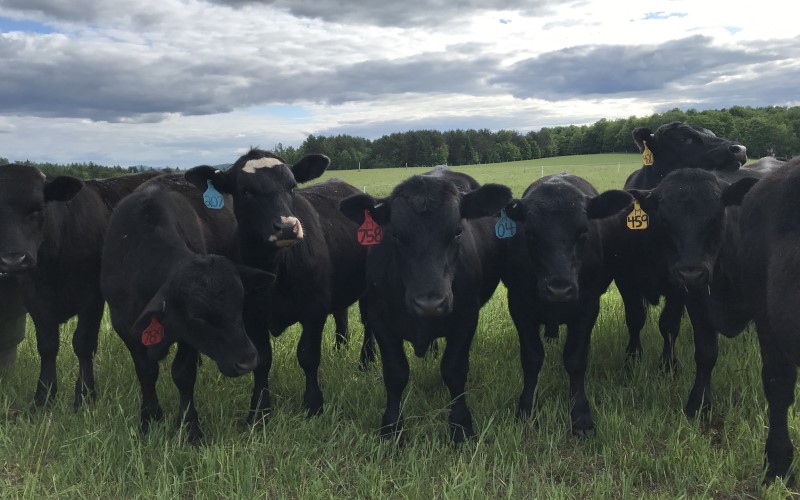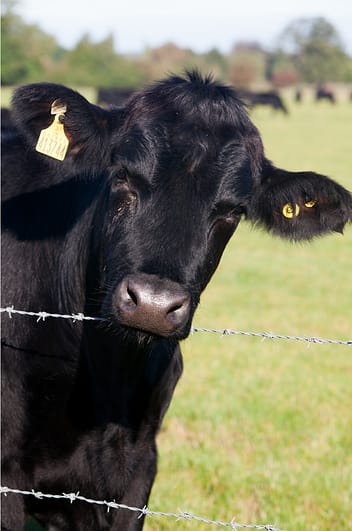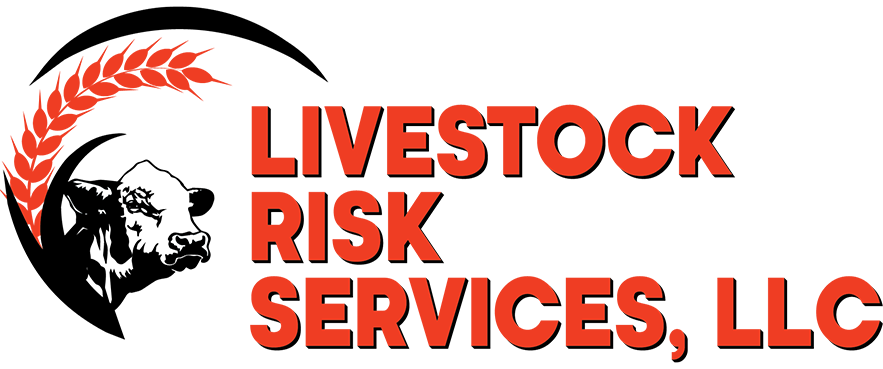Professional Support: Bagley Risk Management Approaches
Professional Support: Bagley Risk Management Approaches
Blog Article
Recognizing Animals Danger Security (LRP) Insurance: A Comprehensive Overview
Navigating the realm of animals danger protection (LRP) insurance policy can be a complicated undertaking for numerous in the agricultural sector. This sort of insurance uses a safety internet against market changes and unexpected conditions that can impact animals manufacturers. By recognizing the complexities of LRP insurance policy, producers can make enlightened decisions that may guard their operations from monetary threats. From just how LRP insurance operates to the different coverage options offered, there is much to reveal in this comprehensive guide that might possibly form the means animals manufacturers approach risk management in their companies.

Exactly How LRP Insurance Coverage Works
Periodically, understanding the auto mechanics of Livestock Danger Security (LRP) insurance coverage can be complex, however damaging down exactly how it functions can give quality for farmers and ranchers. LRP insurance policy is a danger management tool made to shield livestock producers versus unexpected rate decreases. The policy enables manufacturers to establish a coverage degree based on their certain needs, selecting the number of head, weight range, and insurance coverage price. As soon as the policy remains in place, if market rates drop listed below the coverage cost, manufacturers can file an insurance claim for the distinction. It is very important to note that LRP insurance coverage is not an income assurance; instead, it focuses only on cost threat defense. The coverage period typically ranges from 13 to 52 weeks, supplying flexibility for producers to select a period that aligns with their production cycle. By using LRP insurance coverage, farmers and ranchers can reduce the monetary threats connected with varying market prices, making certain better security in their procedures.
Qualification and Coverage Options

When it pertains to insurance coverage alternatives, LRP insurance policy uses producers the flexibility to pick the protection degree, coverage period, and endorsements that finest match their threat administration requirements. Coverage levels typically vary from 70% to 100% of the anticipated finishing worth of the insured livestock. Manufacturers can also select insurance coverage durations that align with their production cycle, whether they are insuring feeder livestock, fed cattle, swine, or lamb. Recommendations such as rate risk defense can further tailor coverage to protect against negative market variations. By understanding the qualification requirements and insurance coverage choices readily available, animals manufacturers can make enlightened decisions to manage danger successfully.
Advantages And Disadvantages of LRP Insurance
When examining Animals Danger Defense (LRP) insurance policy, it is important for animals manufacturers to consider the advantages and disadvantages integral in this risk monitoring tool.

One of the primary advantages of LRP insurance policy is its capacity to supply security versus a decrease in livestock prices. This can aid safeguard manufacturers from financial losses arising from market fluctuations. Additionally, LRP insurance supplies a degree of adaptability, permitting producers to tailor coverage degrees and policy durations to fit their certain requirements. By locking in a guaranteed rate for their animals, manufacturers can much better take care of threat and prepare for the future.
One limitation of LRP insurance is that it does not safeguard versus all kinds of threats, such as illness episodes or natural disasters. It is critical for manufacturers to very here are the findings carefully examine their private threat direct exposure and monetary circumstance to figure out if LRP insurance coverage is the ideal risk administration device for their operation.
Recognizing LRP Insurance Premiums

Tips for Making The Most Of LRP Conveniences
Maximizing the benefits of Animals Threat Protection (LRP) insurance coverage needs calculated planning and positive threat management - Bagley Risk Management. To make the many of your LRP coverage, consider the adhering to pointers:
Consistently Evaluate Market Problems: Stay notified concerning market trends and price fluctuations in the animals market. By monitoring these variables, you can make enlightened choices about when to acquire LRP insurance coverage to shield versus prospective losses.
Establish Realistic Protection Levels: When choosing insurance coverage levels, consider your manufacturing expenses, market worth of livestock, and prospective threats - Bagley Risk Management. Establishing reasonable insurance coverage levels makes sure that you are properly shielded without overpaying for unnecessary insurance policy
Diversify Your Insurance Coverage: Rather of relying solely on LRP insurance coverage, take into consideration diversifying your threat management methods. Incorporating LRP with other risk administration devices such as futures contracts or options can provide extensive insurance coverage versus market unpredictabilities.
Evaluation and Readjust Protection Consistently: As market conditions change, regularly review your LRP protection to ensure it aligns with your current danger direct exposure. Adjusting insurance coverage levels and timing of acquisitions can aid maximize your danger protection technique. By following these tips, you can make the most of the benefits of LRP insurance and secure your animals operation against unexpected dangers.
Conclusion
To conclude, animals danger defense (LRP) insurance policy is an important device for farmers to manage the economic dangers connected with their livestock operations. By recognizing exactly how LRP my link functions, qualification and protection alternatives, as well as the advantages and disadvantages of this insurance coverage, farmers can make enlightened decisions to protect their source of incomes. By meticulously taking into consideration LRP costs and applying methods to make best use of advantages, farmers can alleviate prospective losses and guarantee the sustainability of their procedures.
Livestock manufacturers interested in acquiring Livestock Threat Security (LRP) insurance can explore an array of eligibility standards and coverage alternatives tailored to their certain livestock operations.When it comes to insurance coverage options, LRP insurance coverage offers producers the versatility to pick the protection level, insurance coverage duration, and recommendations that finest fit their Extra resources danger monitoring demands.To realize the intricacies of Animals Threat Protection (LRP) insurance policy fully, comprehending the factors influencing LRP insurance costs is critical. LRP insurance coverage premiums are identified by various elements, including the protection level selected, the expected price of animals at the end of the coverage period, the kind of livestock being guaranteed, and the length of the protection period.Review and Readjust Coverage Regularly: As market conditions alter, regularly review your LRP coverage to guarantee it lines up with your present threat exposure.
Report this page